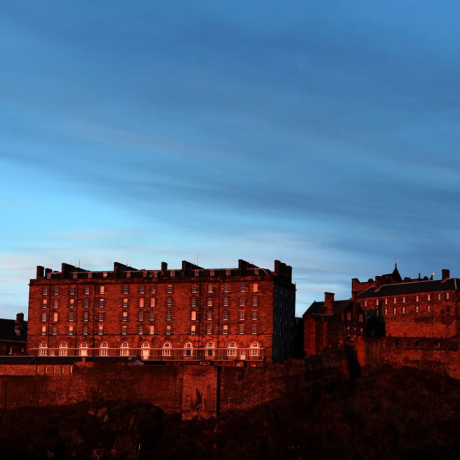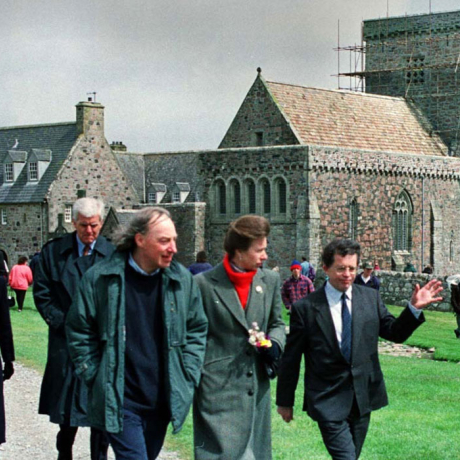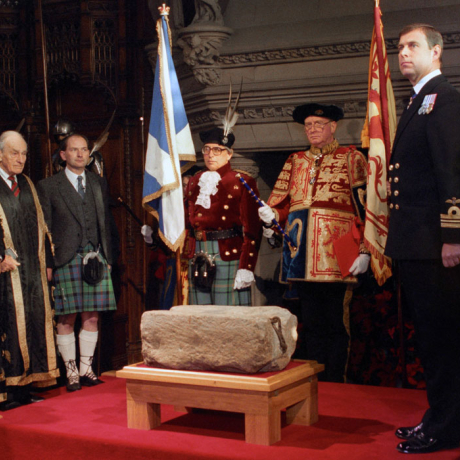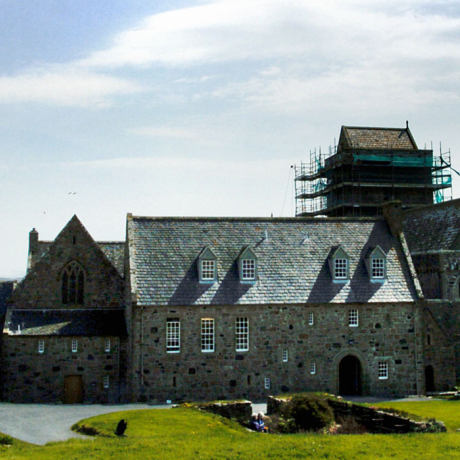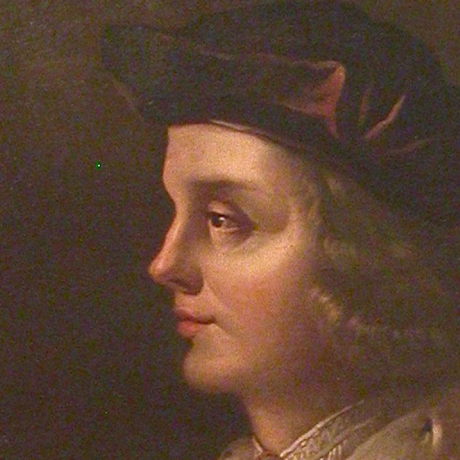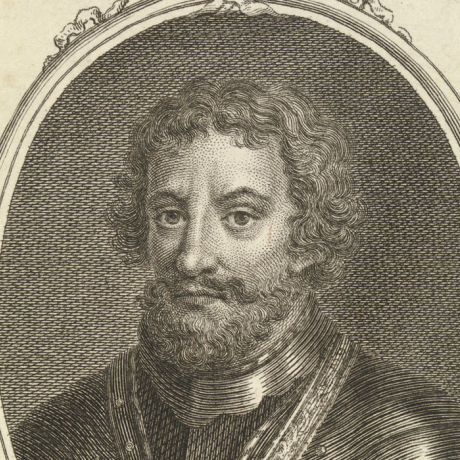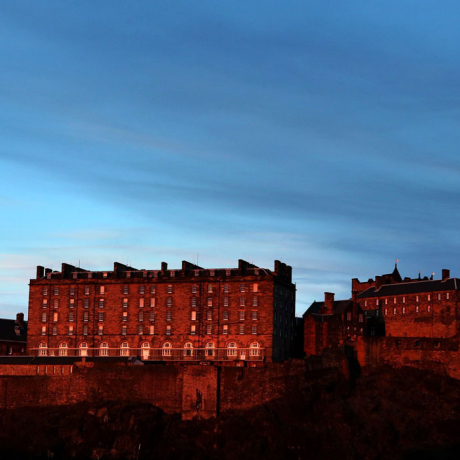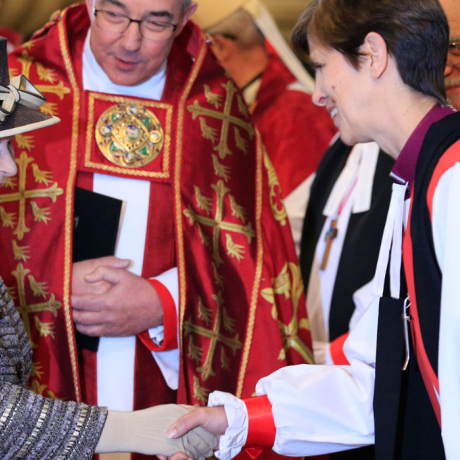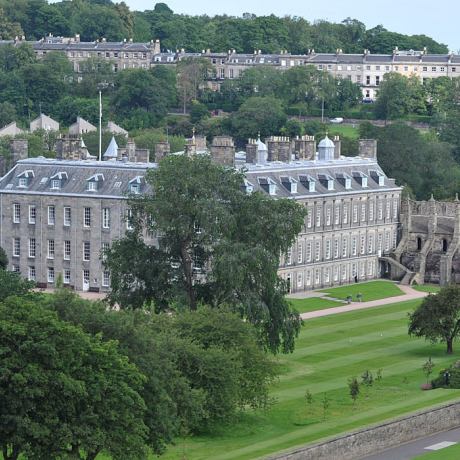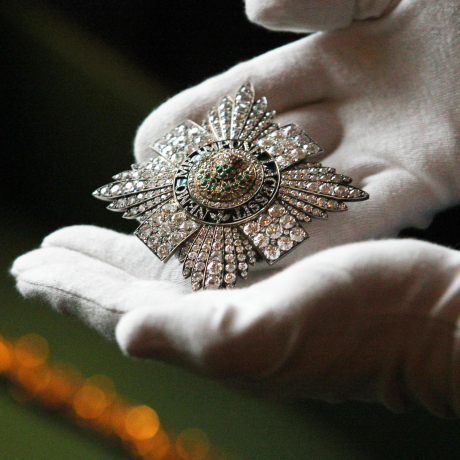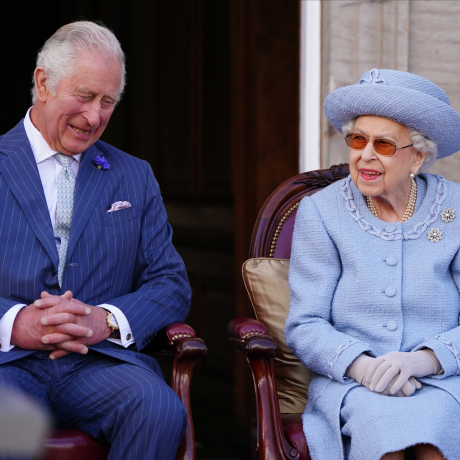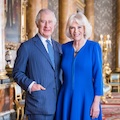Monarchs have sworn to maintain the Church of Scotland since the sixteenth century. The duty to "preserve the settlement of the true Protestant religion as established by the laws made in Scotland" was affirmed in the 1707 Act of Union between England and Scotland.
The Queen made this pledge at the first Privy Council meeting of her reign in February 1952.
The Queen's relationship with the Church of Scotland was symbolised by a Service of Dedication in St. Giles Cathedral in Edinburgh on 24 June 1953, three weeks after the Coronation. During this ceremony Her Majesty was blessed by the Dean of the Chapel Royal in Scotland and the Moderator of the General Assembly of the Church of Scotland.
The Church of Scotland is a Presbyterian church and recognises only Jesus Christ as 'King and Head of the Church'. The Queen therefore does not hold the title 'Supreme Governor' of the Church of Scotland; when attending Church services in Scotland Her Majesty does so as an ordinary member.
The Church of Scotland is entirely self-governing. It is managed on a local level by kirk sessions, at a district level by presbyteries, and at a national level by the General Assembly, which comprises 850 commissioners and meets each May, generally in Edinburgh.
The Sovereign is represented at the General Assembly by the Lord High Commissioner, who attends as an observer and is appointed by Her Majesty on the advice of the Prime Minister. The Lord High Commissioner's role is to maintain the relationship between the State and the Church, and a long-standing tradition of appointing a Lord High Commissioner originated in the latter part of the 16th Century.
The person appointed to the role is a Scottish figure, whose appointment is based on merit and their contribution to society. Members of the Royal Family have also been appointed in the past and The Princess Royal, The Duke of Rothesay, The Duke of York and The Earl of Wessex have all been appointed to the role, The Princess Royal twice. The Duke of Buccleuch and Queensbury was the Lord High Commissioner to the General Assembly of the Church of Scotland in 2018.
The Lord High Commissioner makes opening and closing addresses to the General Assembly and reports to Her Majesty on its proceedings. For the duration of the General Assembly, the Sovereign grants the Lord High Commissioner permission to reside at the Palace of Holyroodhouse and, during this time, His or Her Grace receives a Guard of Honour, a 21-Gun Salute and the keys to the City of Edinburgh. It is also customary for the Lord High Commissioner to invite distinguished guests to stay at the Palace, and to offer hospitality to Commissioners to the Assembly and those who have contributed to public life in Scotland.
During the week of the Assembly, the Lord High Commissioner attends the Assembly to observe the debates. He or she also carries out a programme of engagements to reflect the work of charities and the Church. For instance, Sir George Reid, Scottish politician and former Presiding Officer, who was appointed in 2010 and 2011, used his programme to celebrate the work of the International Red Cross and Red Crescent. In 2012 and 2013, Lord Hope of Craighead, formerly Scotland's most senior Supreme Court judge, undertook a programme of visits that highlighted themes of justice and inclusion.

